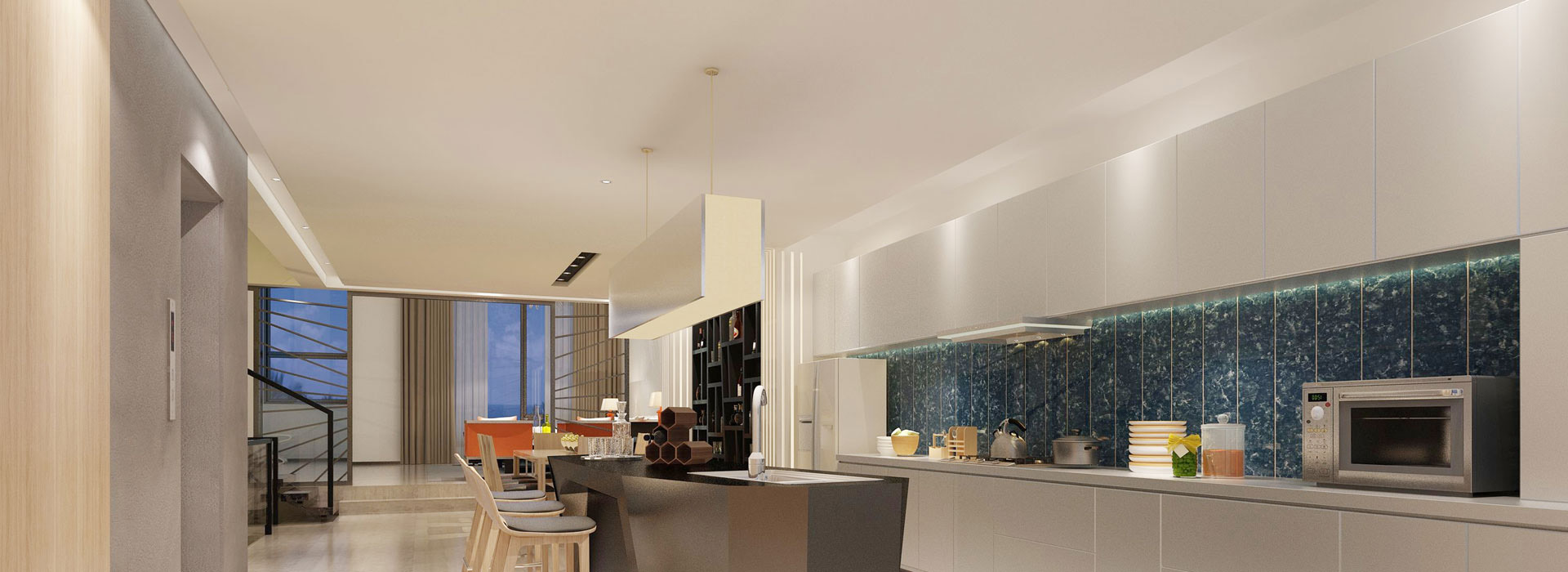- English
- Español
- Português
- русский
- Français
- 日本語
- Deutsch
- tiếng Việt
- Italiano
- Nederlands
- ภาษาไทย
- Polski
- 한국어
- Svenska
- magyar
- Malay
- বাংলা ভাষার
- Dansk
- Suomi
- हिन्दी
- Pilipino
- Türkçe
- Gaeilge
- العربية
- Indonesia
- Norsk
- تمل
- český
- ελληνικά
- український
- Javanese
- فارسی
- தமிழ்
- తెలుగు
- नेपाली
- Burmese
- български
- ລາວ
- Latine
- Қазақша
- Euskal
- Azərbaycan
- Slovenský jazyk
- Македонски
- Lietuvos
- Eesti Keel
- Română
- Slovenski
- मराठी
- Srpski језик
How to improve the extrusion yield?
2022-06-07
How to improve the extrusion yield? Here are some suggestions for extrusion operators and extrusion quality inspectors:
1) Quality inspection: The machine quality inspection should adopt fast, accurate and ruthless inspection methods. The so-called "fast" means that the inspection is diligent and timely; "accurate" means to be familiar with national standards, internal control standards, different customers and different surface treatment standards , if necessary, take samples for the corresponding surface treatment test, and there must be no misjudgment and excessive acceptance. If it cannot be judged under special circumstances, it must be reported to the relevant person in charge immediately; "ruthless" means the majesty of the position and implementation of the enforcement system.
2) Extrusion squad leader: Do not pull the wrong mold, do not write the wrong tracking card, and actively do the quality self-inspection first inspection and in-process inspection.
3) The host operator (acting squad leader): actively cooperate with the squad leader, verify each set of molds, control the three temperatures, flexibly grasp the flow rate of the material according to the structure of different models and different surface treatments, and check the material at any time. Quality status, responsible for wall thickness, forming degree, collapse and dragging and or internal dragging, and accurately calculate whether the length of the material head after sawing of different specifications and varieties of profiles into semi-finished products is long enough.
4) Interrupted work: Interrupted work is also a very important position. If you find a quality problem, you should tell the squad leader or the substitute squad leader as soon as possible, and check the height of the lifting frame and the graphite block at the discharge port and the high temperature roller when each set of molds is loaded out of the machine. Whether it is in good condition, because they will directly affect the forming degree of the material, turn on the fan in time, and check whether the conveying process of the conveyor belt is smooth and effective. If it is found that there are bubbles and oil bubbles on the surface of the profile, it must be clearly marked on the profile to prevent it from flowing into the next process.
5) Straightening workers (compounding, sawing to length, framing):
The surface quality of each material should be fully checked before straightening, and the profiles on the cooling bed should not be piled up too much to avoid scratches. If there is an assembly relationship, the actual matching of the model of the corresponding surface treatment model in this batch of orders shall prevail, so as to control the stretch rate of straightening.
When mixing materials, pay attention to different mixing methods for materials with different surface treatments. For blanks, oxidized sandblasting materials, and "oxidized electrophoretic light fabrics", try to put the non-decorative surface down or the non-decorative surface and the non-installed surface together. The interval between the profile support and the support should be avoided as far as possible to avoid rubbing, touching, scraping, scratching and injuring the decorative surface.
Before cutting to a fixed length, it is necessary to consider whether the material head and tail waste are long enough. If it is found that the whole material or batch is not long enough, immediately notify the interruption or start-up hand. After sawing, carefully check whether the end of the profile is deformed, such as due to sawing. Deformation can appropriately adjust the speed of sawing.
Insulation materials (if the order is specially marked with bending and twisting, it will be strictly accepted according to the customer's requirements, and those not specified in the order will be accepted according to the high-precision level). After the frame, the profiles that are easily crushed by the spacers should be separated by flat tubes in each layer. The products with strict surface quality requirements should be separated by a single high-temperature felt. The spacers must be placed neatly.



